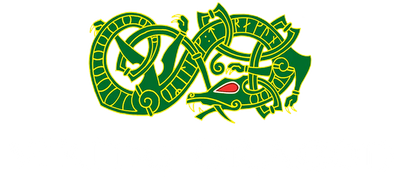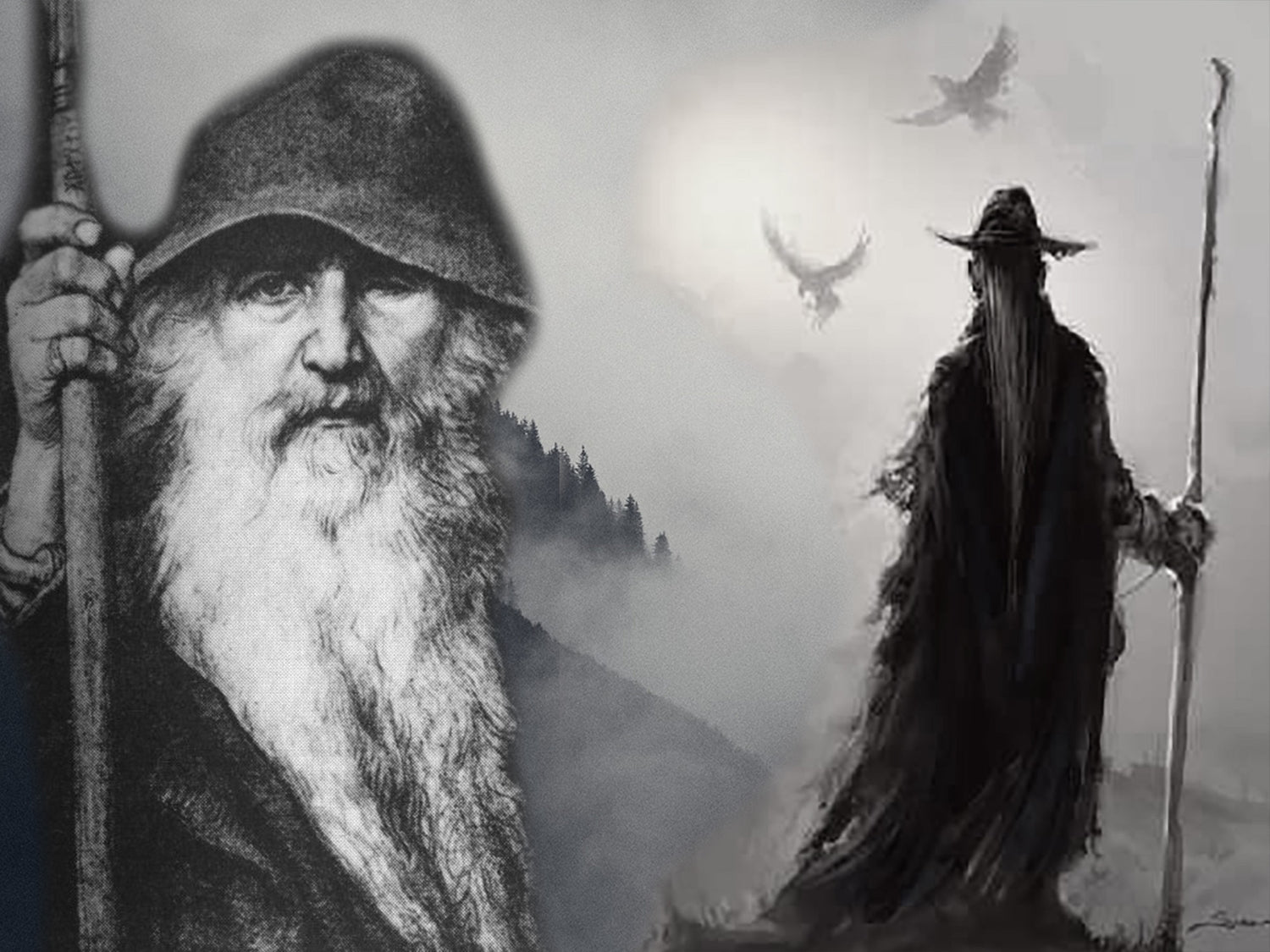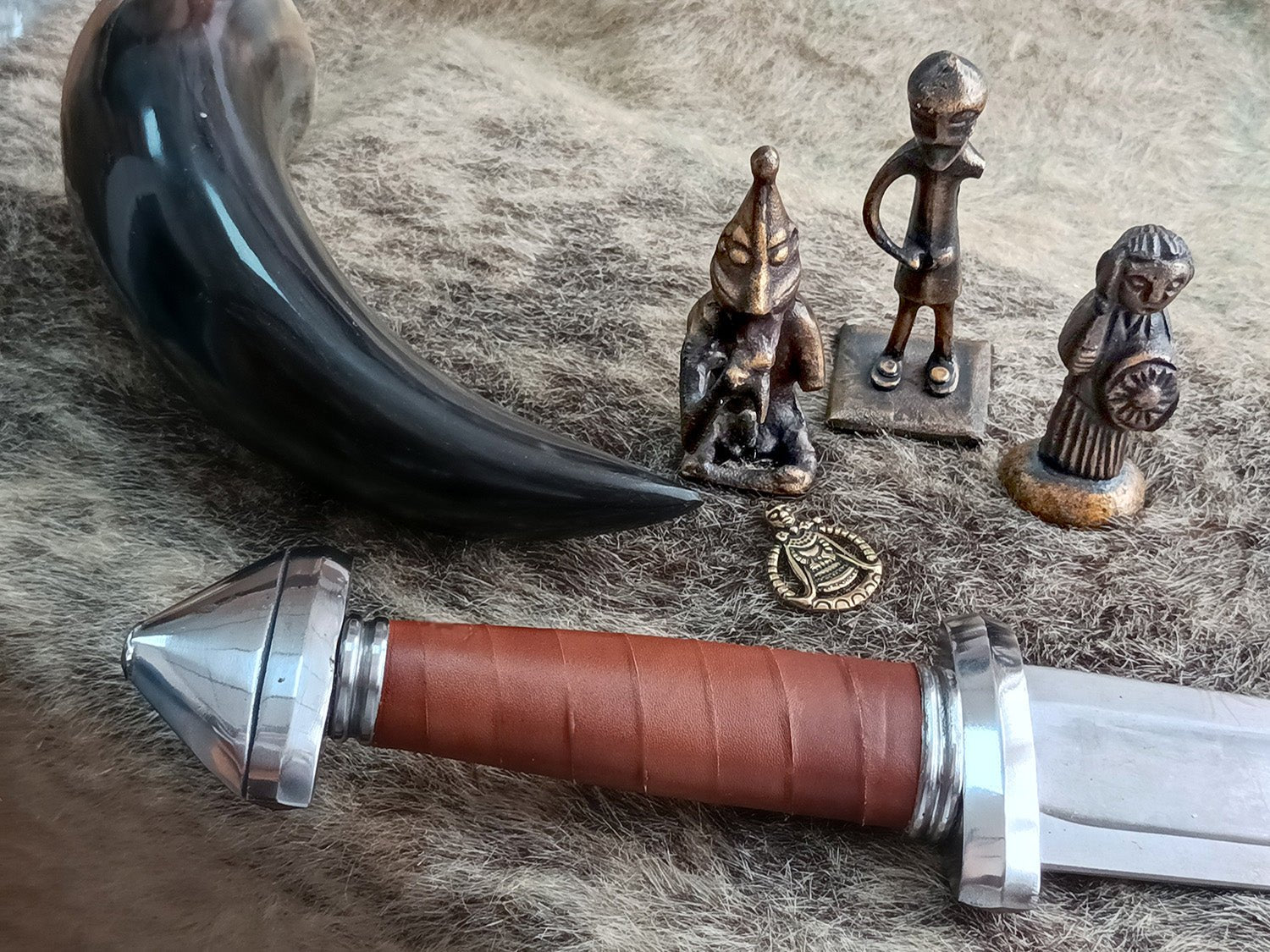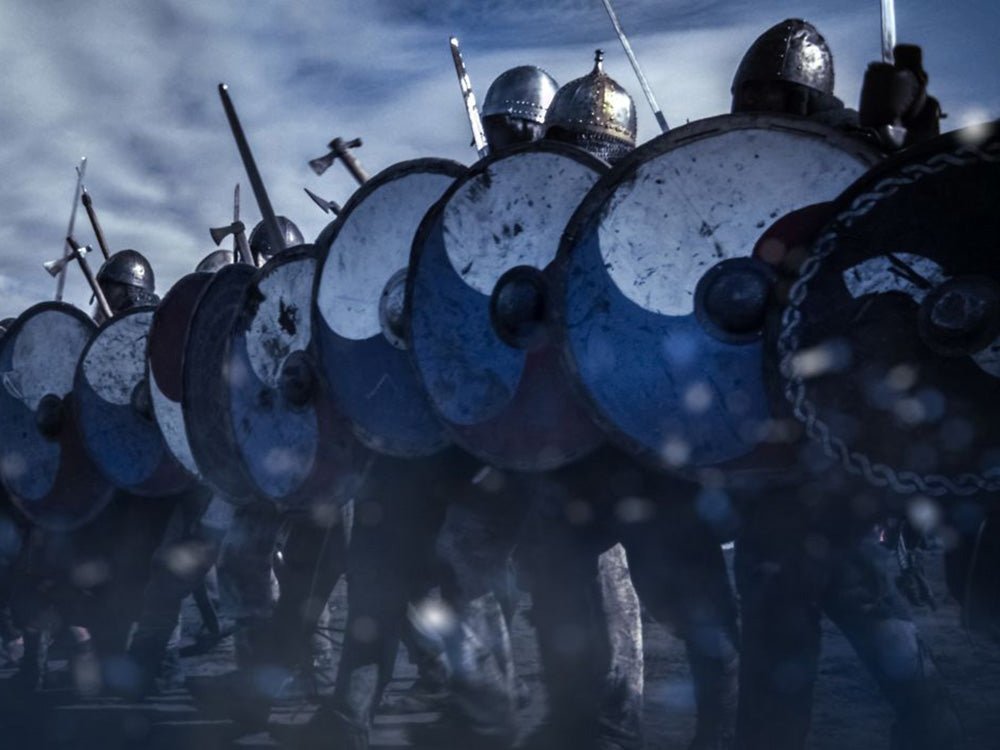
Among the many iconic images of the Vikings is that of the skald, the war poet praising the gods for their protection and placating against their wrath as they sail toward new conquests. But who were these gods of the skalds?
The Norse gods are some of the most interesting and popular pantheons in the modern world, and of them, no one is more mysterious and complex than Odin.
What is Odin the god of?
Odin is the leader of the Norse pantheon of gods. Popularly called The Allfather (though this might have been a later title), among other titles, Odin (also spelled Odinn, Woden, Godan, Wodan, and Wotan) is the king of the gods in most of his mythological appearances.
As with many polytheistic structures, the gods of the Vikings presided over various domains. Odin’s specific domain is up for debate among mythology scholars but usually includes war, wisdom, magic, poetry, and heroic acts. He typically appears as an older man, tall, bearded, and always with one eye, usually wearing a cloak and large hat and carrying a spear.
Odin’s stories

According to the classic mythos contained in the Poetic Eddas, Odin is the husband of Frigg and the father of Thor and Balder. After his birth to Borr and Bestla, Odin slew the proto-giant Ymir alongside his brothers Vili and Ve and used his body to create the world, offering it to the first humans, created from the trees.
As king of the Aesir, Odin led the gods to their current home in Asgard and helped to build it up in defence against their enemies, the giants. In Asgard, Odin judges the lives and deaths of the inhabitants of Midgard (us humans) and takes the mightiest warriors, slain in battle, into Valhalla, to serve in his army during Ragnarok, the end of the world.
Odin sought to know as much as he possibly could, deeply and eternally curious and wanting to be a good leader for his people. During this search for knowledge, he gave his eye to the well of Mimir and threw himself on his own spear as a ritual suicidal sacrifice. When this was done, he hung himself from the world tree Yggdrasil for nine days and nights, and after this time, he was granted access to the knowledge of the nine worlds and the ability to understand runes. This knowledge led to his massive magical power and knowledge of the future.
His understanding of poetry comes from the mead of the skalds (an honour title for Norse poets), which he stole after sleeping with Gunnlod, the giantess guardian of the mead, for three nights and tricking her into letting him take three sips - instead, he simply chugged the entire container, shape shifted into an eagle, and left.
It was believed that Odin would be called to take on Fenrir the wolf, eater of the sun, during Ragnarok, but was fated to die alongside many of the other gods.
What are Odin’s symbols?

Odin is typically depicted with his ravens Hugin and Munin (representing thought and memory, respectively), so ravens are his most common symbols. He also rides Sleipnir, the eight-legged horse, though this isn’t usually used as a symbol for him on its own. He is sometimes represented with Yggdrasil itself, Valkyries holding drinking horns, eagles, snakes, wolves, and his staff / spear - Gungnir. He can also be represented by the Sun Cross, an ancient symbol depicting him as the centre of the universe, or the Valknut, which is thought to represent the nine worlds / realms.
How was Odin worshipped?

Being a central figure of the pantheon, Odin was widely worshipped across Norse culture. Carvings from the Bronze Age in Sweden depict a figure that might be Odin, bearing similar iconography including a drinking horn and spear, though his worship was definitely popular by 500 AD, during the Viking Age. We have some records from this period of hymns and prayers to Odin, as recorded in runic writing and transcribed by various contemporary scholars.
Strangely enough, though his place as a leader was established early, Odin likely wasn’t worshipped via his role of King of the Gods, but rather via his attributions to war, wisdom, cunning, and poetry, and was worshipped generally as an equal to his fellows. This is indicated by the lack of landmarks named solely after Odin himself – rather, places would be named “for/of the gods” more generally. It’s theorised that Christian scribes working to translate and transcribe Norse culture gave Odin a more central role as a sort of early cognate with the Christian God.
For his individual veneration, Odin was worshipped in specific contexts covered by his domain. Skalds would pray to him for inspiration when composing their prose and verse or when divining for their various noble leadership. Warriors prayed to Odin for valour and protection in battle, hoping to sway his judgement when it came time for them to be present at the doors of Valhalla. Kings and other leaders would pray to Odin for wisdom in their rule and the cunning needed to make savvy political moves. Though we don’t know the exact details, it’s also thought that human sacrifices during the time were dedicated to Odin.
Those who worshipped Odin would often worship him in a pair with his wife Frigg. They might also venerate his son Thor specifically if they were going into battle.

Sources:
https://en.wikipedia.org/wiki/Odin
https://www.britannica.com/topic/Odin-Norse-deity
https://historiska.se/norse-mythology/odin-en/
https://www.worldhistory.org/odin/
https://mythopedia.com/topics/odin




